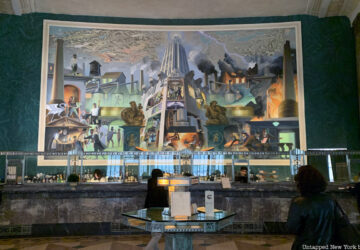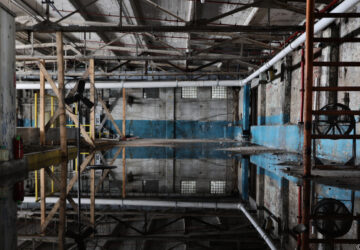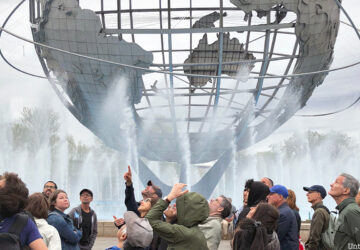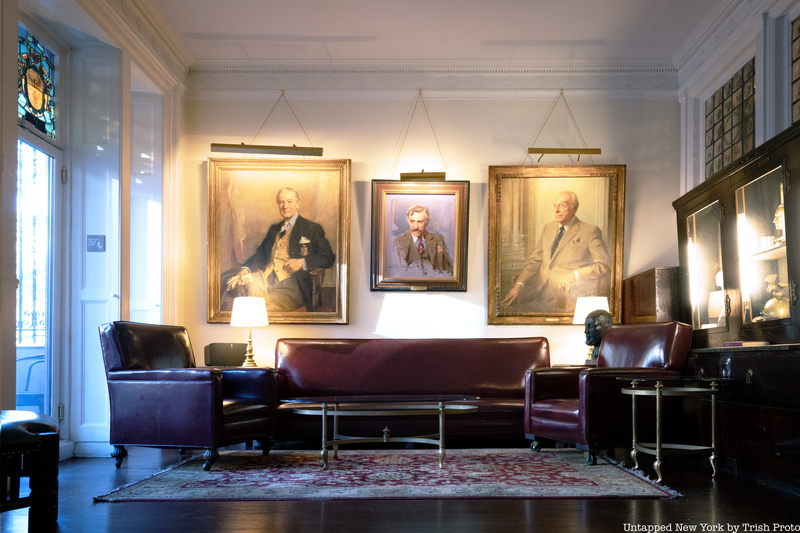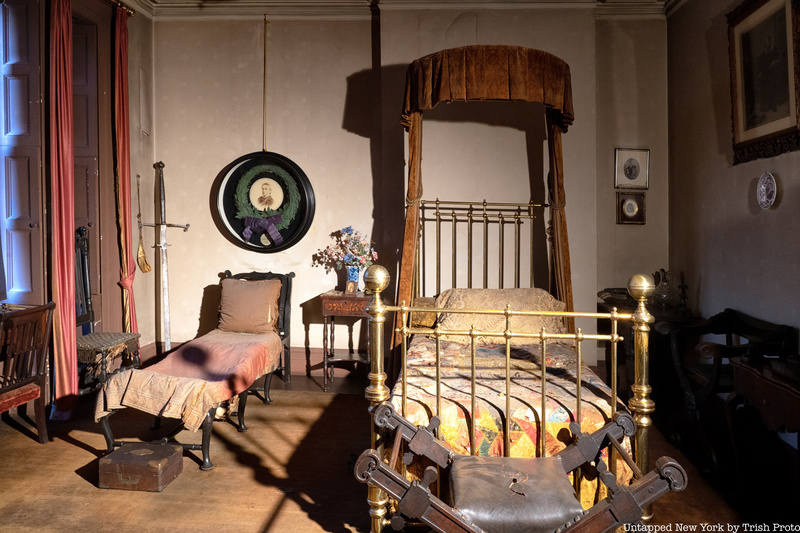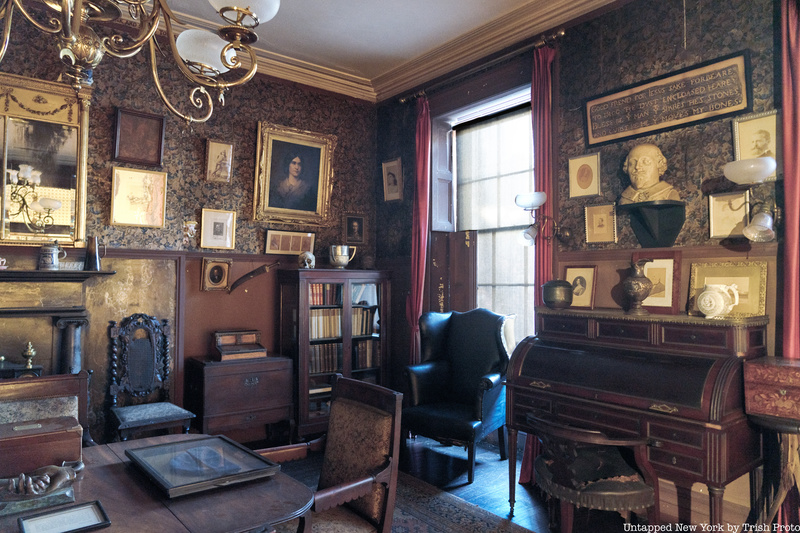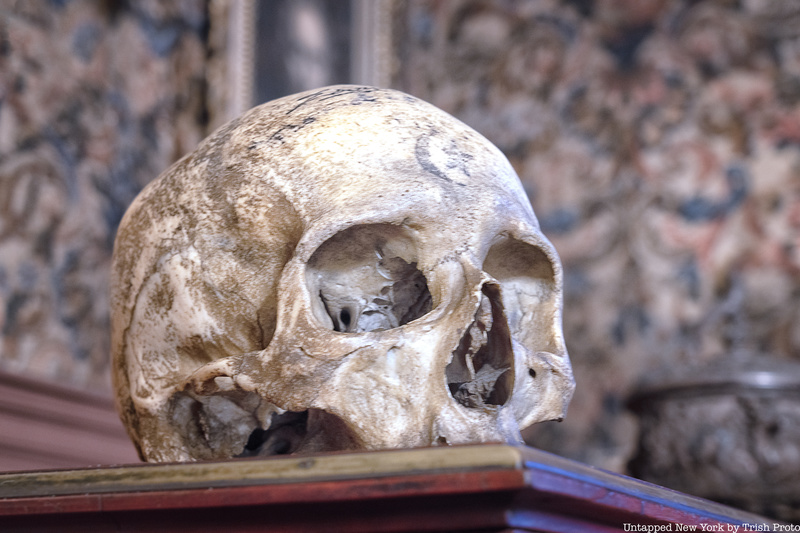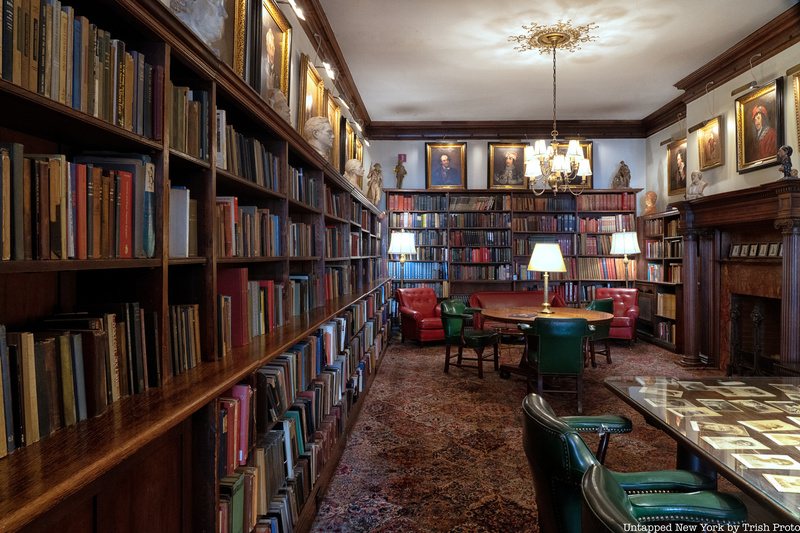
Located at 16 Gramercy Park South, The Players is a member’s social club founded in 1888 by noted Shakespearean actor, Edwin Booth. The original purpose of the club was twofold: to promote a mutually-supportive community for men of arts and letters and patrons of the arts, and to provide a social setting in which the city’s professional and class divisions were not enforced. Players, regardless of profession or fame, were all on equal footing.
Nikola Tesla was one of many notable members in the early years of The Players, which also included names like architect Stanford White, who renovated the Gramercy Park clubhouse, General William Tecumseh Sherman, actor John Drew, and writer Bram Stoker. In the decades since, other boldface names like James Cagney, Sidney Poitier, Mary Tyler Moore, Leontyne Price, and Ethan Hawke have joined the roster. As a membership club, only Players and their guests may enter. Read on to discover the secrets we learned on a special tour!
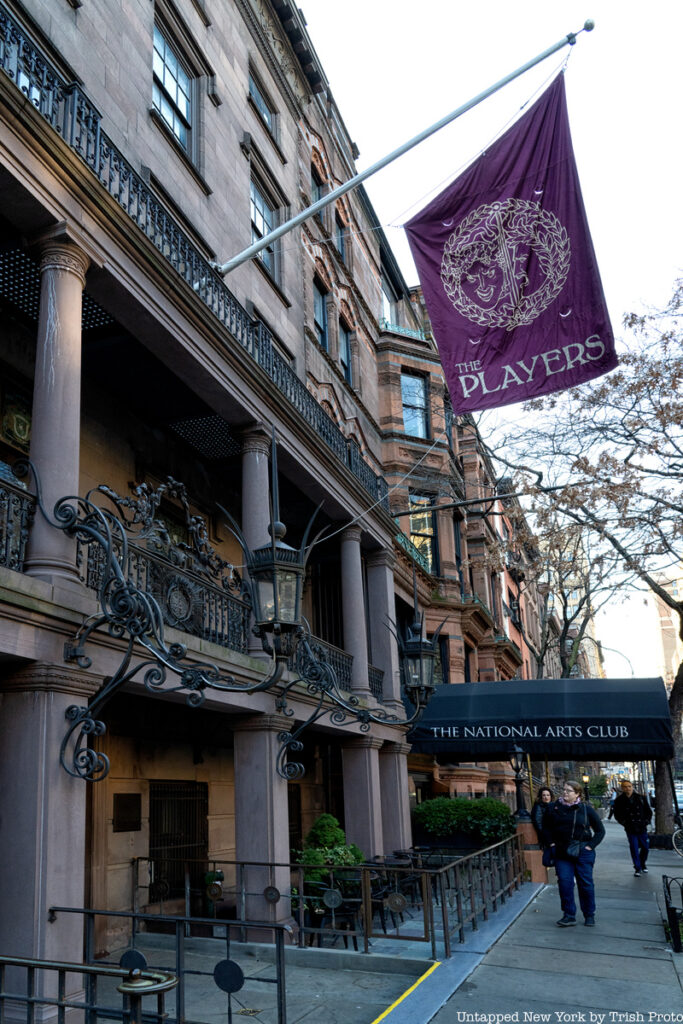
On May 17th, Untapped New York Insiders are invited inside The Players clubhouse for an exclusive tour! On this tour, you’ll learn about the history of the Club and its famous members, walk inside Edwin Booth’s bedroom, visit the Hampden-Booth Theatre Library, and much more! This tour is free for Untapped New York Insiders! Not an Insider yet? Become a member today to gain access to members-only in-person and virtual experiences all year long. Get your first month free with code JOINUS.
1. Human Skulls Used in Hamlet Are Housed Inside The Players
One of the most notable places in the stately townhouse is Edwin Booth’s parlor and bedroom. Located on the third floor of the Players, it has remained intact and preserved in time nearly exactly as he left it when he died in 1893. In fact, the very distinct smell of tobacco permeates the room, which is decorated with a marble fireplace, a chandelier, a triptych mirror, and various photographs.
Probably the most creepy item in the room is one of the human skulls that Booth used in performances of Hamlet. There are actually three skulls throughout The Players! The most famous is the skull inside the Booth bedroom suite. This particular prop originally belonged to Edwin’s father, Junius Brutus Booth, also a renowned Shakespearean actor. He passed it on to Edwin. On the skull itself there is an inscription that reads, “And the rest is silence.” Read more on the Edwin Booth room here. Another skull on display is signed by a contemporary of Booth’s, actor and club member Owen Fawcett.
